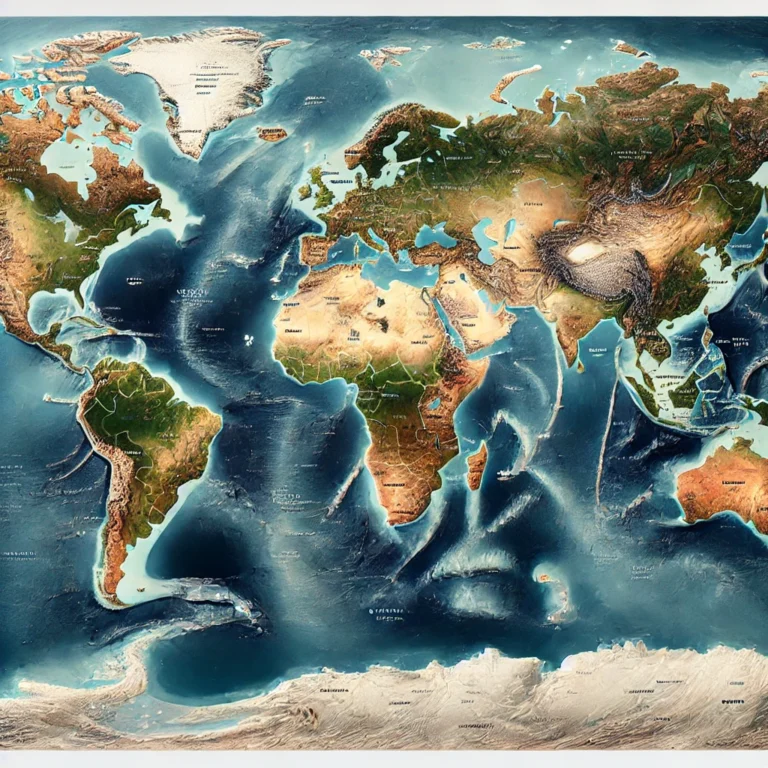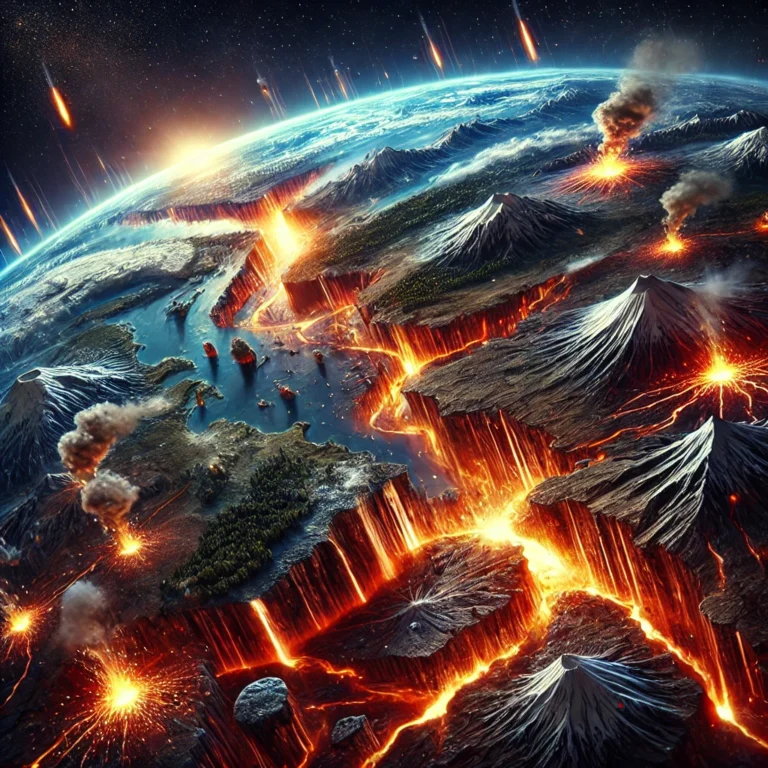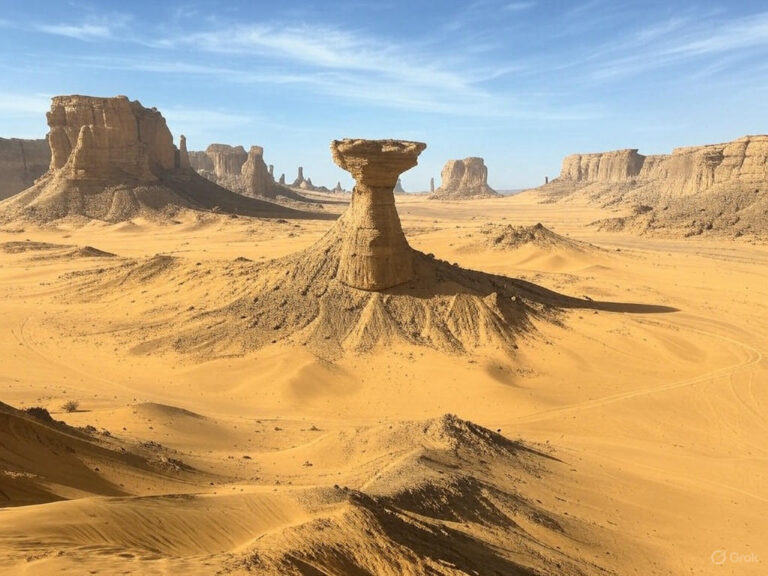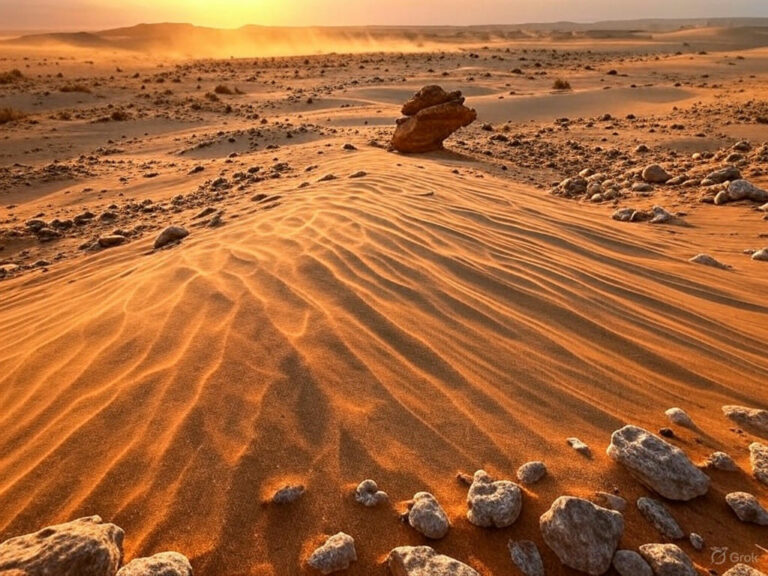Local Winds
If planetary winds are the disciplined, marathon runners of the atmosphere, local winds are the sprinters—short-lived, intense, and influenced by immediate geographical factors. These winds play a crucial role in shaping regional weather patterns, sometimes bringing relief and at other times unleashing destruction.
Let’s embark on a journey across different landscapes to witness these fascinating winds in action.
1. Land and Sea Breezes
Imagine standing on a beach, feeling a cool breeze from the ocean during the daytime. But at night, the wind direction flips, and the air moves from land to sea. What’s happening here?
- During the Day: The land heats up faster than the sea, creating a low-pressure zone over land. The sea remains relatively cool with high pressure, causing air to move from sea to land—this is called a Sea Breeze.

- During the Night: The land cools down faster than the sea, reversing the pressure difference. Now, the air moves from land to sea, forming a Land Breeze.

📌 Effect:
- Sea breezes provide relief from heat in coastal areas.
- Land breezes help in cooling coastal regions at night.
2. Mountain and Valley Winds
Now, let’s climb up the mountains and observe a different wind pattern at work.
- During the Day: The slopes heat up, making air rise. To replace it, cool air from the valley blows upward, forming a Valley Breeze (also called Anabatic winds). This often leads to cloud formation and precipitation near mountain peaks.

- During the Night: The slopes lose heat quickly, and cold, dense air descends into the valley, forming a Mountain Breeze (also called Katabatic Wind when strong).

📌 Effect:
- Valley breeze reach mountain peaks and yield precipitation through cumulus clouds.
- Mountain breezes bring cold temperatures to valleys at night.
3. Chinook and Foehn
Let’s now move to the Rockies (USA) and the Alps (Europe), where warm, dry winds called Chinook (USA) and Foehn (Switzerland) blow down the leeward side of mountains.
- These winds occur when moist air rises on the windward side, cools, and drops moisture as rain or snow. The now dry air descends on the leeward side, warming up due to compression.
- Chinook, also called the “Snow Eater,” melts snow rapidly, often turning winter landscapes into green pastures overnight.
- Similar winds occur in Argentina in the leeward side of Andes (Zonda Winds).
📌 Effect:
- Causes sudden warming, melting snow and ice quickly.
- Beneficial for livestock and agriculture in winter regions.


4. Harmattan
Traveling to the Sahara Desert, we meet the Harmattan, a dry and dusty wind that blows from the northeast to west.
- It originates in the Sahara and moves towards the Atlantic, bringing cool, dry weather to West Africa.
- Despite its dryness, locals call it the “Doctor Wind” because it clears humidity and prevents disease outbreaks.
📌 Effect:
- Causes dry and hazy conditions.
- Improves weather by reducing excessive humidity in coastal areas.

5. Sirocco
Let’s now move to the Mediterranean region, where the Sirocco winds originate in the Sahara Desert and blow northward towards Italy and Spain.
- As these winds cross the Mediterranean Sea, they pick up moisture. When they reach Europe, they pour red-colored rain due to the Sahara’s dust.
- These winds are known by different names in various regions:
- Khamsin (Egypt)
- Gibli (Libya)
- Chilli (Tunisia)
- Simoon (Arabia)
📌 Effect:
- Brings hot, dry conditions followed by rain mixed with Saharan dust.
- Reduces visibility due to suspended dust particles.

6. Mistral
In France and Spain, a cold and strong wind called Mistral sweeps through the Rhone Valley, blowing from northwest to southeast.
- It occurs mostly in winter, when high pressure over Europe and low pressure over the Mediterranean create a steep pressure gradient.
- While passing through narrow valleys, the wind speeds up, sometimes reaching 128 km/h.
📌 Effect:
- Causes sudden temperature drops to freezing levels.
- Can damage crops and make life difficult for locals.

7. Bora
Moving towards the Adriatic Sea, we encounter Bora, an extremely cold and dry wind from the northeast.
- It blows down the southern slopes of the Alps into Italy and the Balkans.
- Its speed can reach 196 km/h, making it one of the strongest winds in Europe.
- Unlike the Mistral, Bora picks up moisture from the Adriatic Sea, making it slightly humid.
📌 Effect:
- Extreme cold waves in Italy and nearby regions.
- Dangerous for navigation due to high wind speeds.

8. Blizzard
Finally, let’s venture into the polar regions, where Blizzards reign supreme.
- These are violent, stormy winds carrying fine, powdery snow, reducing visibility to near zero.
- Common in North America (Canada, USA), Siberia, and Antarctica.
- Wind speeds can range between 80–96 km/h, making them deadly for anyone caught outside.
📌 Effect:
- Causes extreme cold conditions.
- Can create life-threatening whiteout conditions for travelers.

Conclusion
Unlike planetary winds, which blow steadily over vast areas, local winds are shaped by geography and seasonal changes. Whether it’s the gentle sea breeze cooling a summer afternoon, the ferocious Mistral freezing the Rhone Valley, or the snow-eating Chinook warming the Rockies, these winds remind us of nature’s power and precision.
Each wind has a story, a purpose, and an impact—shaping climates, supporting life, and sometimes bringing destruction. 🌬🌍






